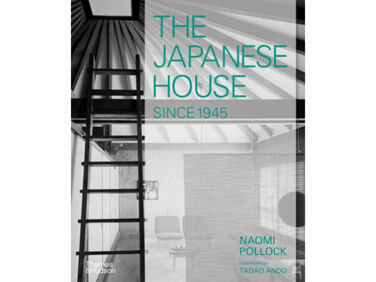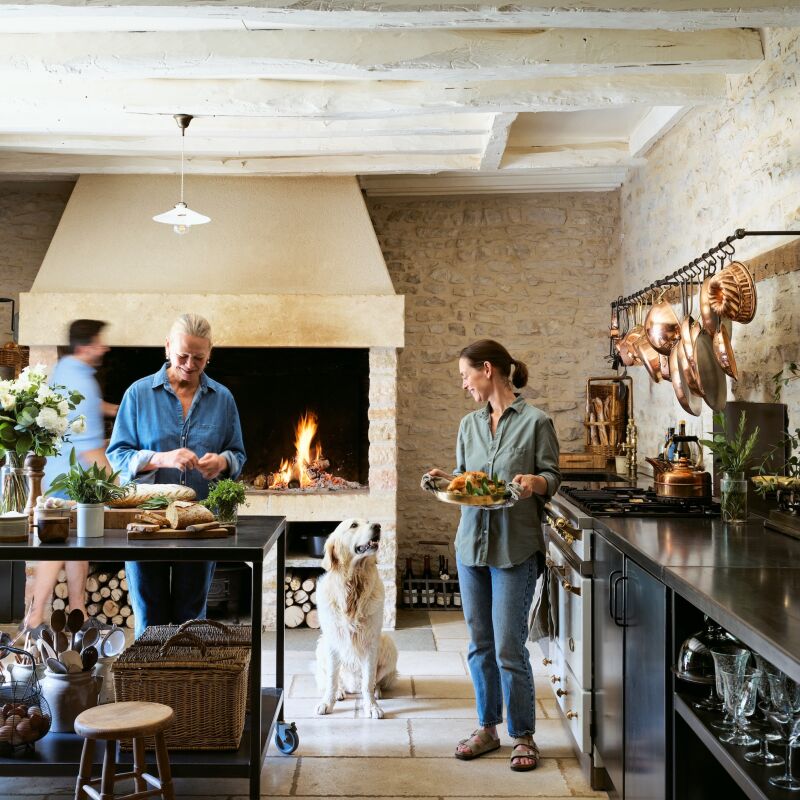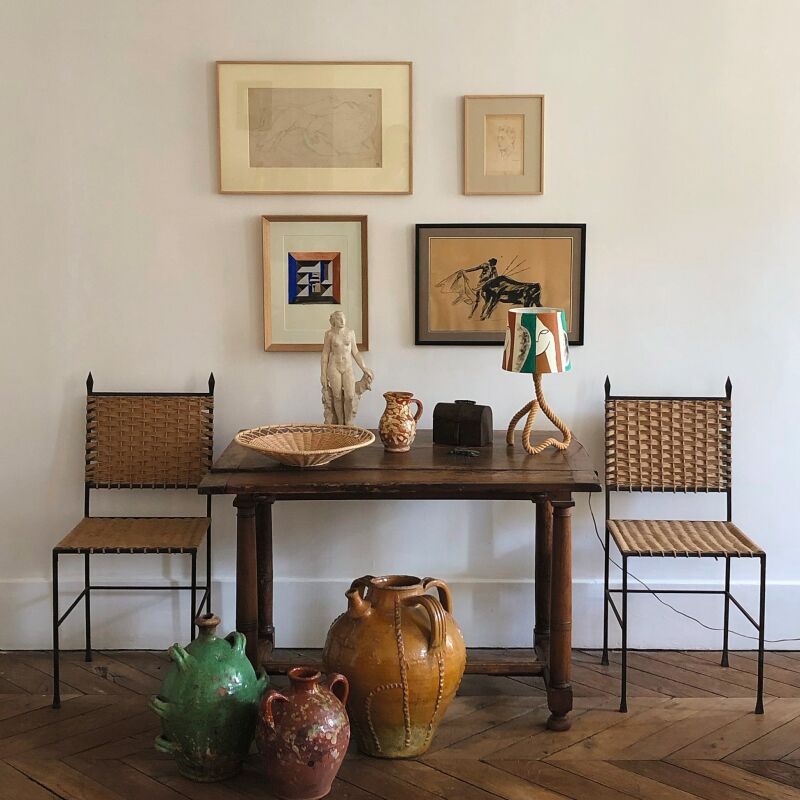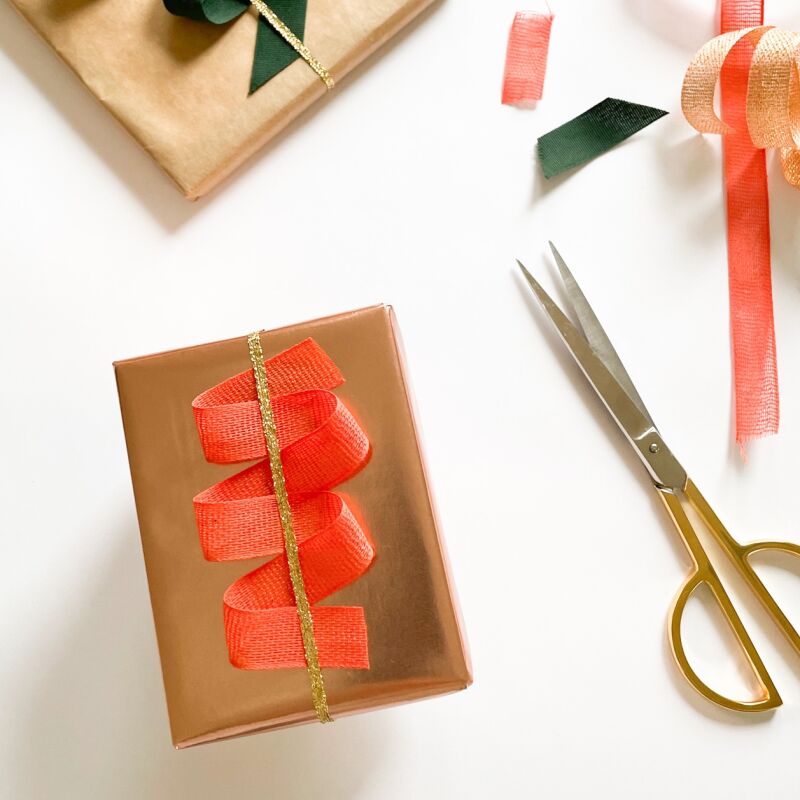Our fascination with and admiration for Japanese culture and design is no secret. Barely a week goes by without us sharing a coveted crafted object, humble household item, or elevated approach to homemaking. So when we saw the title of Thames and Hudson’s latest release, The Japanese House Since 1945, we spotted a glaring gap in our knowledge. How many Japanese architects could we actually name? Shamefully few. How many iconic Japanese houses would we actually recognize? Even less.
The American architect, journalist, and author Naomi Pollock, who has lived in Japan since the 1980s, puts that right with this cohesive chronology of 97 compelling, architect-designed Japanese homes showing developments in form, material, architectural expression, and family living over almost eight decades.
Have a look:


The book opens with a rousing introduction by Tadao Ando, Japan’s 82-year-old autodidact architect. (Four of Ando’s own residential designs appear here.) “The home is the building most intimately connect to the lives of human beings,” he writes, “and as such, it is the origins of architecture and the most effective means of capturing its essence. Consequently, tracing the residential buildings regarded as masterpieces of their time gives a sense of the social climate at that moment [and] allows one to listen in on the true feelings of the community.”

Pollock takes this notion further with her “At Home” sections. Distinguished by pale blue pages and vintage snapshots of family life, these case studies are written by architects and/or their family members and bring to life the experience of living in these unique homes.

In addition to giving readers a glimpse into each era-defining home, the book illuminates the social, technological, geographic, and historical factors behind these houses. The result is a visual treat: interior and exterior photographs and beautifully detailed drawings and sketches that gradually evolve from monochrome to color, from hand-drawn to digital. Far from a dense, academic critique of postwar Japanese architecture, it’s a lively, enlightening read.

More Required Reading:
- Required Reading: ‘Still Lives: In the Homes of Artists, Great and Unsung,’ by Leslie Williamson
- Rooms Full of Stories: A Shop Owner’s Colorful Cottage from New Book “House London”
- Required Reading: Rose Uniacke at Work





Have a Question or Comment About This Post?
Join the conversation